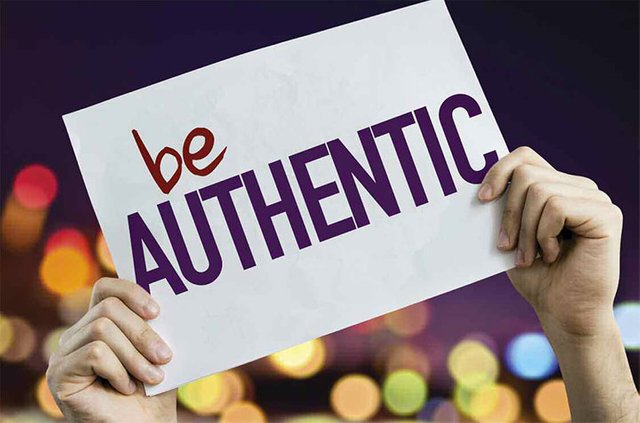An authentic person will not compromise who they are in order to please others. They don't seek meaning in material things or superficial friendships. Instead, they will find value in experiences and friends. They will also value themselves, and the people around them, for who they are. However, being authentic can have its downsides. For one, it can lead to missed opportunities and a damaged reputation. To avoid these traps, be authentic to yourself and others.

While a large part of the problem stems from our whiteness, this issue also affects food. For example, American consumers tend to view European-influenced cuisine as "authentic," and their opinions of what is authentic often extend far beyond the boundaries of European cuisine. However, as food trends continue to expand around the world, so too does our understanding of "authenticity". According to Stephen Christ, director of consumer trends at Mintel, "Authenticity" is a subjective term, and it depends on the person who uses it. For instance, a Mexican restaurant owner might claim that it serves the most authentic food, because his employees are from Mexico. However, a Mexican restaurant owner can claim that the food is authentic because it was brought in by the chef.
Often, the term "authentic" is associated with project-based learning, but there is no consensus on exactly what this term encompasses. For example, an authentic learning project might involve students learning about endangered species in their area and taking action to protect them. The students, in turn, might create a calendar with information about endangered species and sell it at a community event. The money raised from selling the calendar will be donated to a local environmental organization.
Another aspect of authentic learning is that students must participate in real-world situations. Instead of taking multiple-choice tests, students must perform real-world problems in their classrooms. They must also be engaged and passionate about the problem they are trying to solve. In this way, the students are more likely to learn and remember the material. In addition, students will be more likely to take their ideas home with them. That is the purpose of authentic learning.
Authentic materials must be relevant to the language a student is learning. They should be as close as possible to what the student will encounter when speaking English outside the classroom. By providing students with authentic materials, students will be more likely to engage with the subject matter and develop a better understanding of the language. And since authenticity means the material is representative of the real world, authentic materials can motivate students to learn the language beyond the classroom. In order to access authentic materials, visit World Newspapers. These are authentic online newspapers published in both British and American English.

Authentic contexts also involve engaging students and promoting deeper understanding of math concepts. In this context, the teacher selects an appropriate context to introduce the target math concept. Authentic contexts activate the student's prior knowledge of the target math concept. The teacher uses scaffolding to support student learning while guiding students toward their own understanding of the target concept. Further, students are given multiple opportunities to apply the new concept. With this approach, students are more likely to master new skills and develop deeper understanding of math concepts.